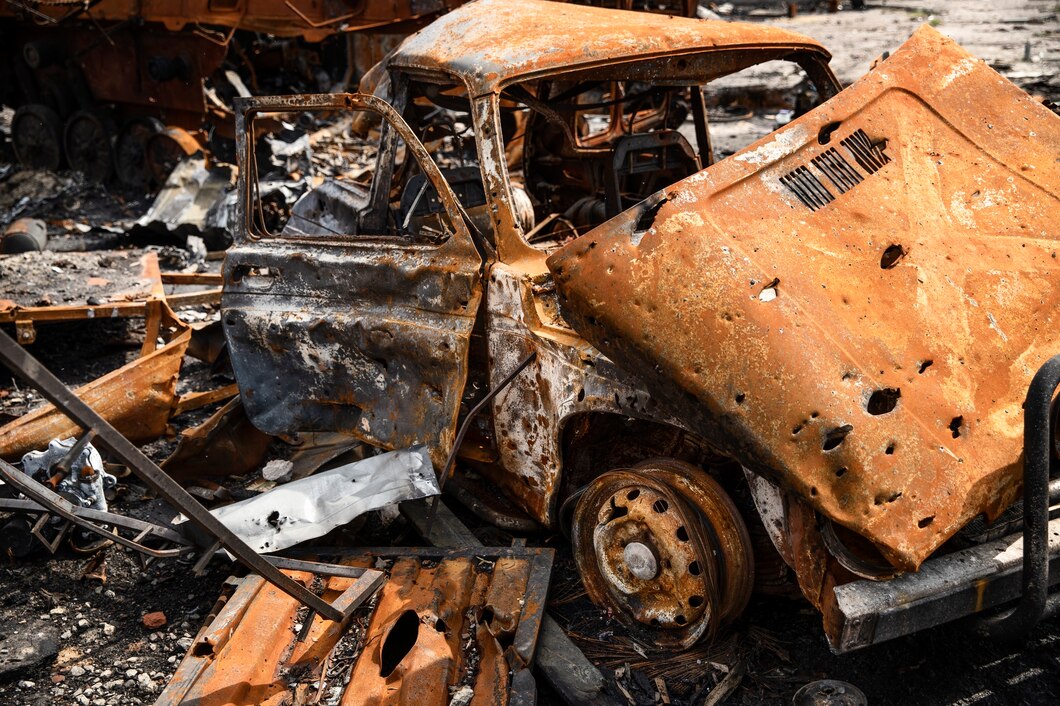
In the vast automotive landscape, where roads stretch endlessly and engines roar, there lies a lesser-known but integral part of the industry – car scrap yards. These yards, often perceived as the final resting place for automobiles, hold a rich history and serve crucial roles in environmental sustainability, resource management, and even cultural preservation.
Origins of Car Scrap Yards
The origins of car scrap yards can be traced back to the early days of automobile manufacturing in the late 19th century. As the automotive industry burgeoned, so did the need for the disposal of end-of-life vehicles (ELVs). Initially, these vehicles were abandoned in fields or left to rust in backyards, posing environmental hazards and cluttering urban spaces.
It wasn’t until the early 20th century that the concept of organized car scrapping emerged. During World War II, scrap metal became a valuable resource for the war effort, prompting governments to establish scrap yards for salvaging materials from decommissioned vehicles. After the war, the practice continued, albeit with a renewed focus on recycling and environmental consciousness.
Evolution and Modernization
Over the decades, car scrap yards have evolved from rudimentary salvage operations to sophisticated recycling centers. Advancements in technology, such as hydraulic crushers and shredders, have facilitated the dismantling and processing of vehicles with greater efficiency. Today, modern scrap yards employ state-of-the-art machinery and employ specialized techniques to recover and recycle a wide range of materials from ELVs, including steel, aluminum, copper, and plastics.
Environmental Impact and Sustainability
Brisbane car removals play a pivotal role in environmental sustainability by reducing the burden on natural resources and mitigating pollution. Recycling metals from scrapped vehicles reduces the need for virgin ore mining and energy-intensive manufacturing processes. According to the Environmental Protection Agency (EPA), recycling steel from scrap cars saves approximately 74% of the energy required to produce steel from raw materials.
Moreover, recycling automotive fluids and components prevents the release of hazardous substances into the environment, such as motor oil, transmission fluid, and coolant. By adhering to strict environmental regulations and implementing best practices in waste management, modern scrap yards minimize their ecological footprint and contribute to a cleaner, greener future.
Economic and Industrial Significance
Beyond their environmental impact, car scrap yards also hold significant economic value. The automotive recycling industry generates billions of dollars annually and provides employment opportunities across various sectors, from scrap metal processing to auto parts refurbishment. Additionally, by supplying recycled materials to manufacturers, scrap yards contribute to the circular economy, where resources are reused, repurposed, and recycled to maximize efficiency and minimize waste.
Cultural Heritage and Preservation
In addition to their practical functions, car scrap yards hold cultural significance as repositories of automotive history. Vintage cars, classic models, and rare vehicles often find their way into scrap yards due to age, disrepair, or obsolescence. While some may view these vehicles as mere scrap, others recognize their historical value and strive to preserve them for future generations.
Certain scrap yards have gained renown as havens for automotive enthusiasts and collectors, who scour the heaps of metal in search of hidden treasures. From rare parts to iconic models, these yards serve as treasure troves of automotive nostalgia, offering glimpses into the past and preserving the legacy of bygone eras.
Conclusion
In conclusion, cash for scrap cars Caboolture are more than just graveyards for old vehicles – they are dynamic hubs of industry, innovation, and cultural heritage. From their humble origins to their modern-day operations, these yards embody the principles of sustainability, resourcefulness, and resilience. As we continue to navigate the ever-changing landscape of the automotive world, let us not overlook the integral role that scrap yards play in shaping our past, present, and future.









